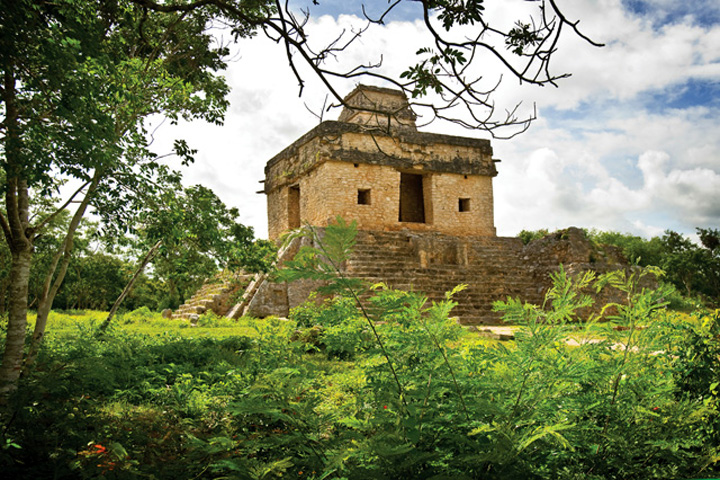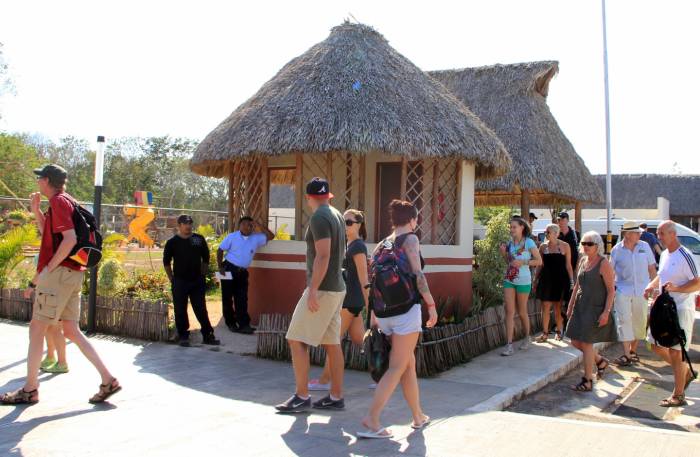This Monday, the construction of the new Dzibilchaltún Site Museum will commence, according to the National Institute of Anthropology and History (INAH) in Yucatán.
The project is part of the complementary works to the Mayan Train, developed by INAH through the Program for the Improvement of Archaeological Zones (Promeza), in conjunction with the National Fund for Tourism Development (Fonatur).
The new Dzibilchaltún Site Museum will replace the current museum located within the archaeological zone. According to Arturo Chab Cárdenas, the head of INAH in Yucatán, the current museum was designed with a vision in which Maya culture was portrayed behind glass, as a “culture in decline or on the verge of disappearance.”

“For us, giving it the role of a Site Museum is very important because we will be able to show what Dzibilchaltún really was, everything that influenced the Maya area, and how we still have generations alive today of ancestors who were born, grew up, lived, and died in Dzibilchaltún,” he commented.
Federica Sodi Miranda, the general director of the Archaeological Zone, mentioned that this new construction is being carried out in collaboration with the residents of the communities in the north of Mérida, including Chablekal and Dzibilchaltún, in order to obtain and rescue information that they hold about their ancestors.
In addition to the Visitor Attention Center (CATVI) being built at this site, the new museum will cover an area of approximately 650 square meters, which is suitable for the collection of artifacts that have been recovered during the construction of developments such as La Ceiba, the Country Club, and other residential areas built near the Mérida-Progreso highway.

With the transformation of the site, visitors will now arrive at Dzibilchaltún and the first thing they will see is a model where the temples, CATVI, and the museum will be indicated. If visitors want to enter the museum, they will do so with the same ticket that grants them access to the archaeological zone.
TYT Newsroom


